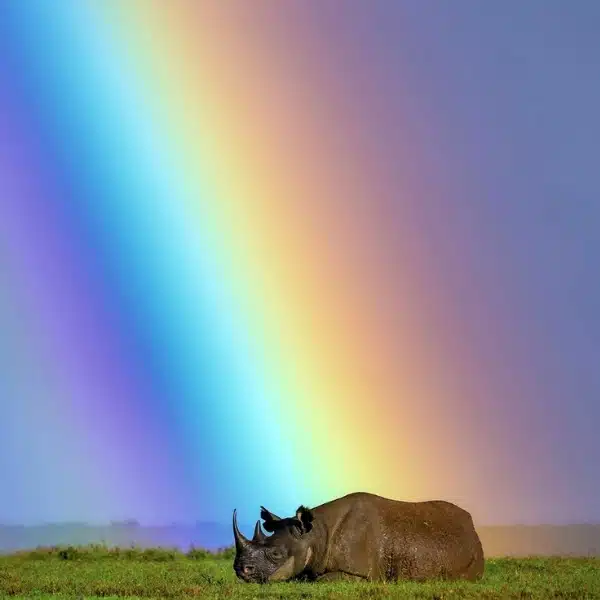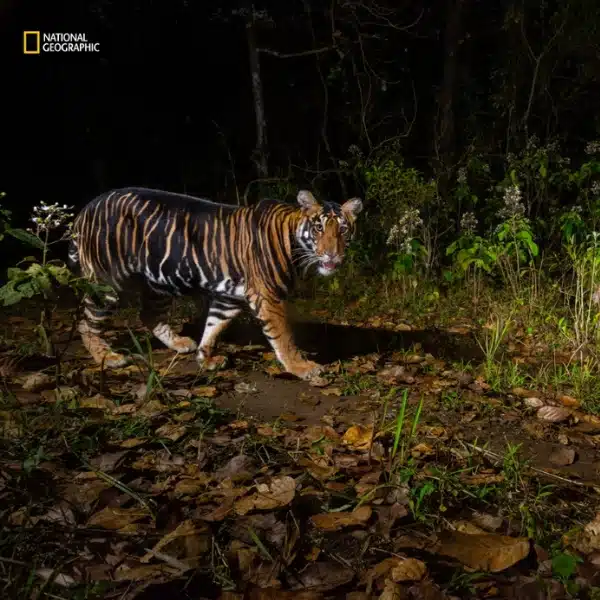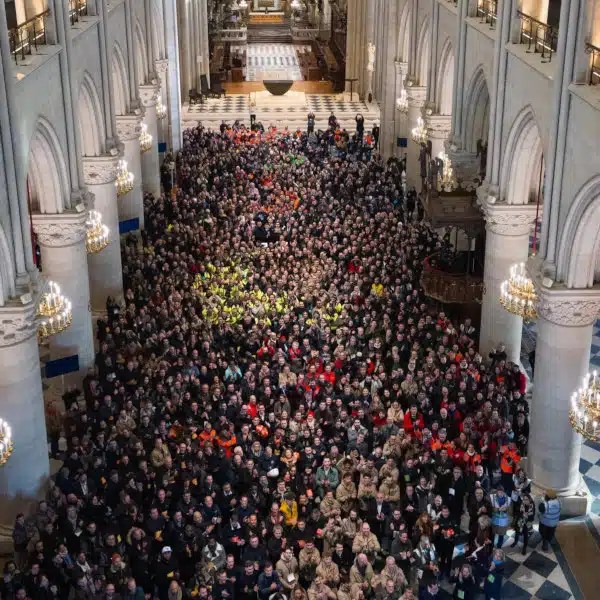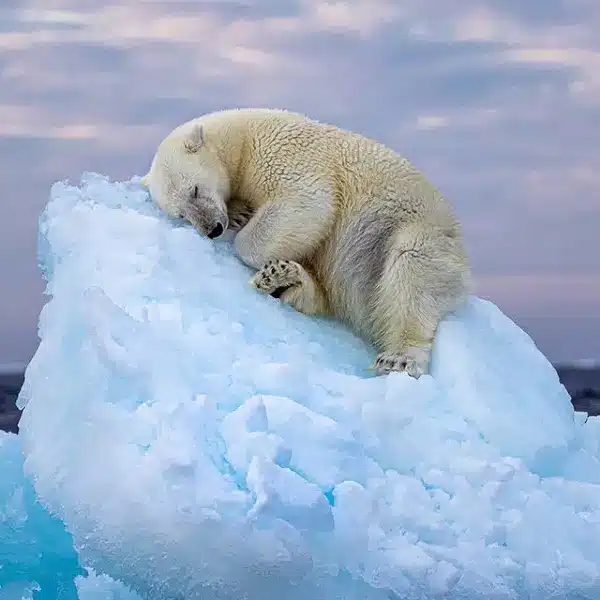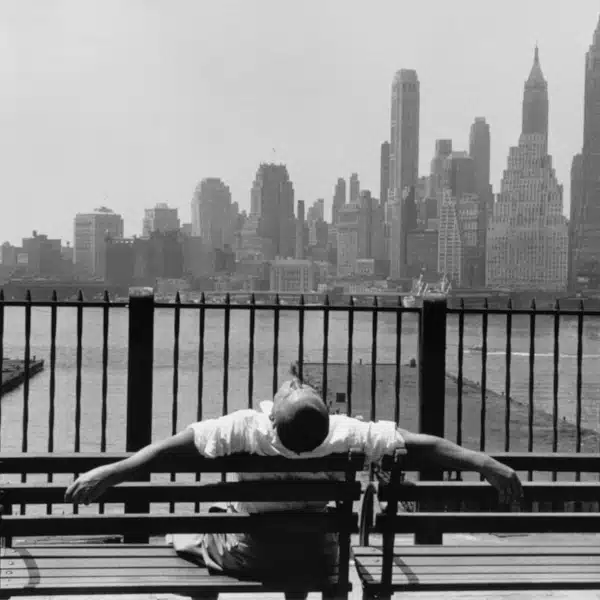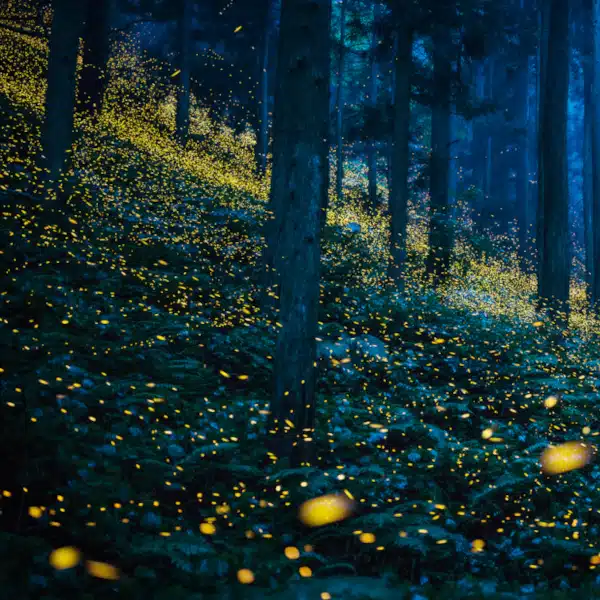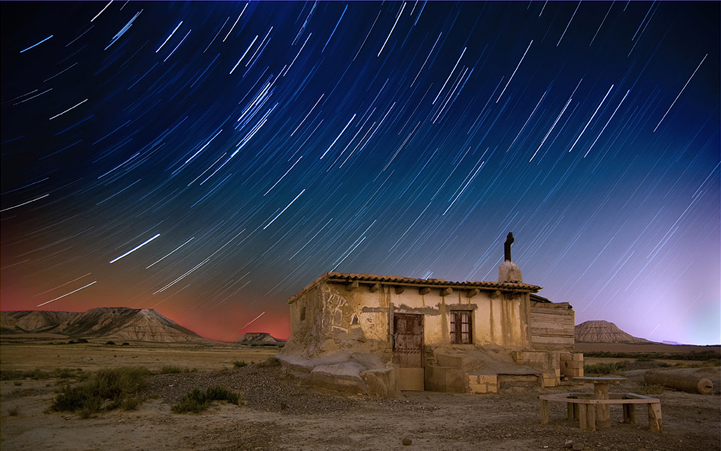
This post is sponsored by Canon. What will you imagine with Canon cameras and EF lenses?
Long exposure photography allows us to see seconds, minutes, and sometimes hours of motion in one complex photograph. With a lot of patience and a creative eye, many photographers who specialize in this technique help us to see the beauty of falling waterfalls, the remnants of a car's taillights, trails of stars across the sky, and the spinning of an amusement park ride in ways that our eyes cannot capture in real time.
Recording the blend of both still and moving images in a photograph requires the use of a steady tripod and a long exposure–an exposure where the shutter on your camera is open for longer than a split second. The longer the shutter is open, the more light and movement are recorded. Stationary objects (for example a building or a row of rocks) will appear crisp because they never move, while any tiny bit of movement in front of the camera will be recorded as blurry patterns of activity.
Photographers have been know to produce anywhere from one second exposures to more extreme amounts of time like two hour exposures! The final result depends on several factors: The amount of light in the scene, the length of time of the shutter speed, and the width of the aperture. If there is plenty of light but you want to capture movement, a long shutter speed and a small aperture (for example f16) will allow light in over the course of time without overexposing your shot.
Documenting the blurs of motion in photography is a challenging technique. Oftentimes we capture motion by accident! Here is a group of photographers who have mastered the skill of artfully portraying movement, blurs, and motion of the world around us in a purposeful way.
Martin Zalba
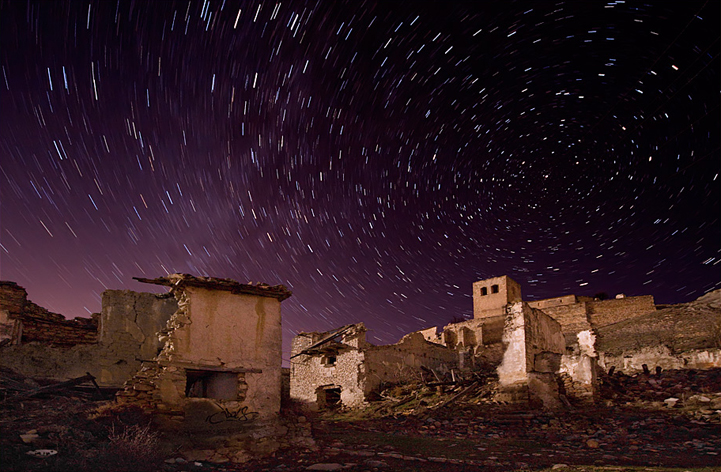
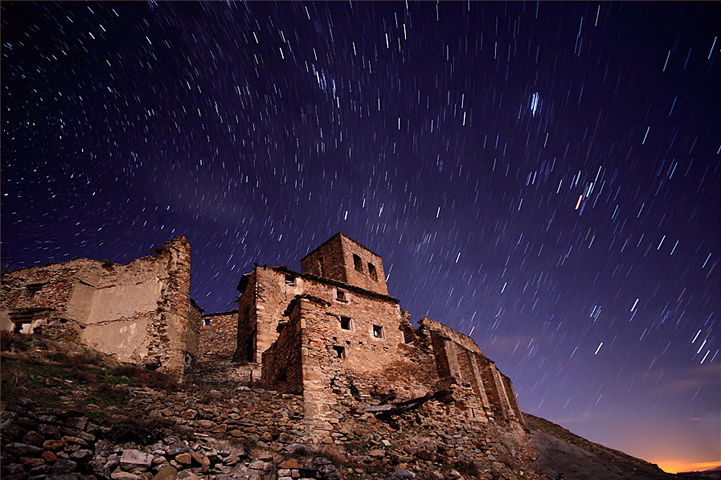
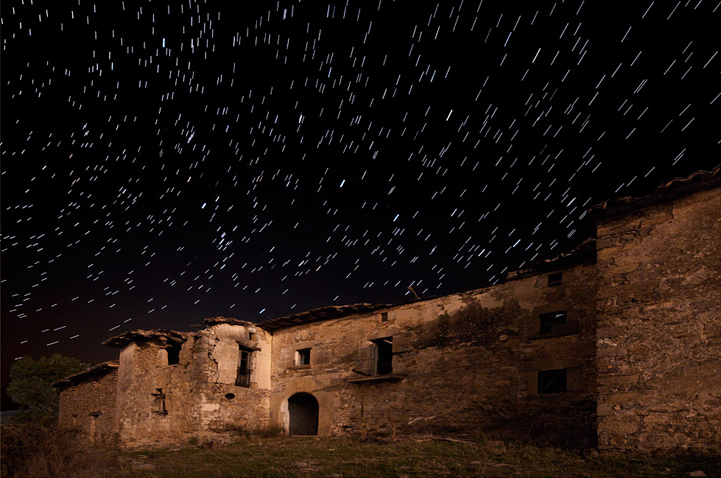
Martin Zalba is quite the talented artist, with a passion for both music composition as well as an incredible eye for photography! The Spanish artist draws upon his musical skills to compose these vibrant photographs, alive with energy and harmonies of color. In his night photographs, each with an exposure of about 30 minutes, Zalba illuminates the sky with streaks of star trails. Capturing the trails of stars against the night sky requires intense patience and skill, and Zalba definitely proves to have both of this qualities!
Patrick Smith
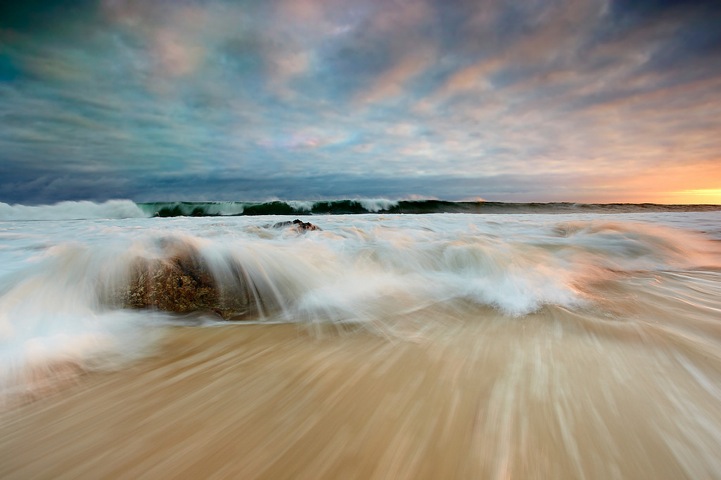
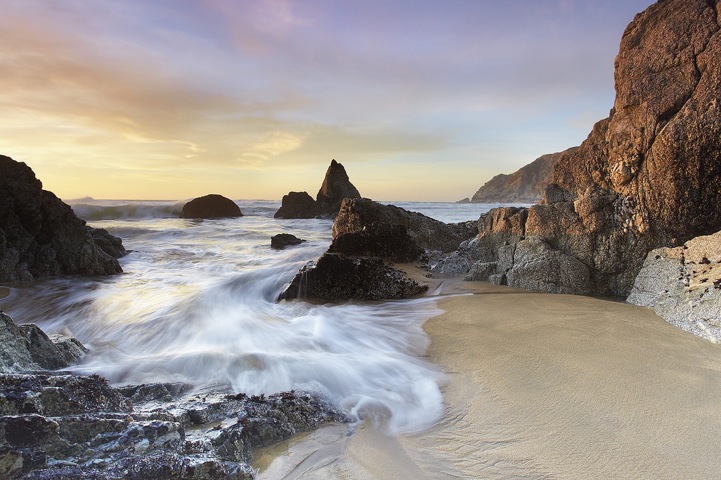
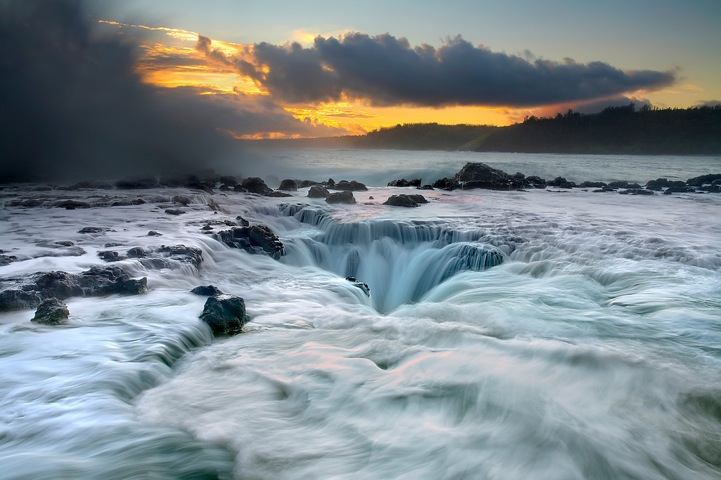
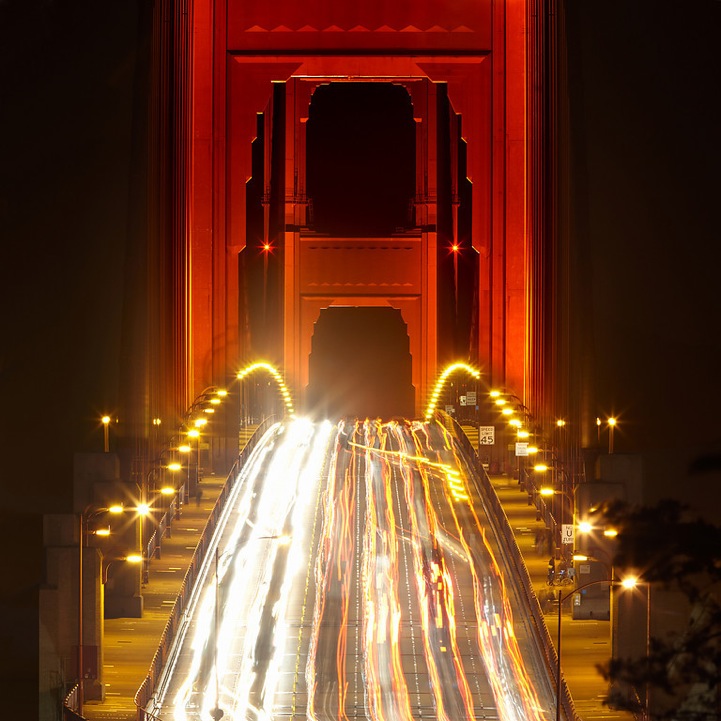
San Francisco-based photographer Patrick Smith has been a fan of landscapes his entire life. He travels up and down the west coast to find the natural beauty of the world around us, and specifically to “inspire people to protect and save our precious natural landscape and seascape.”
Smith's photographs are a unique combination of real and surreal interpretations of the world around us. He searches high and low for the perfect moments and then captures those moments through long exposure photography. The artist says, “It is possible that the reality of photography can never match the imagination of a talented artist, but I can hope that I will be able to capture some of that light in the real world.”
Martin Roemers
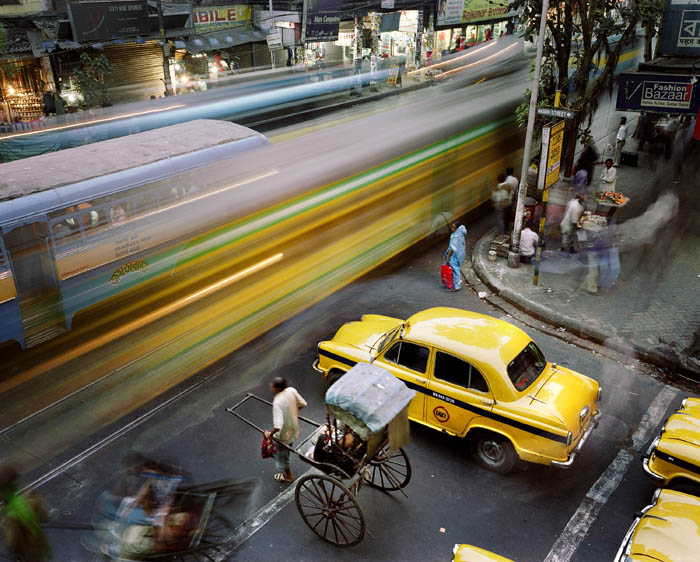
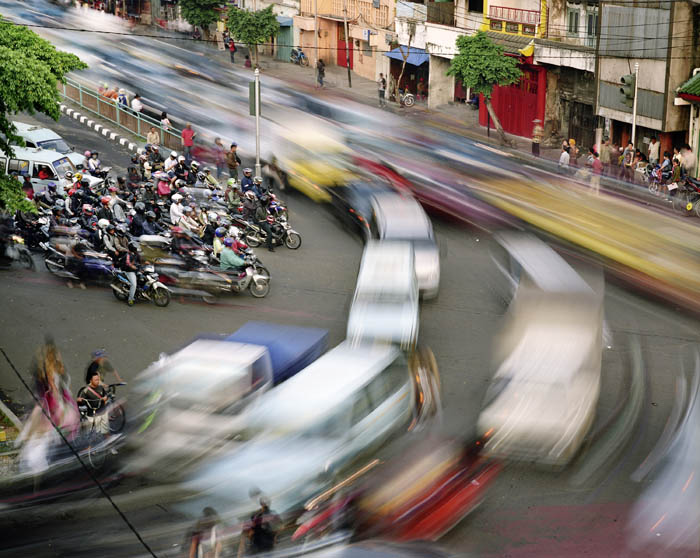
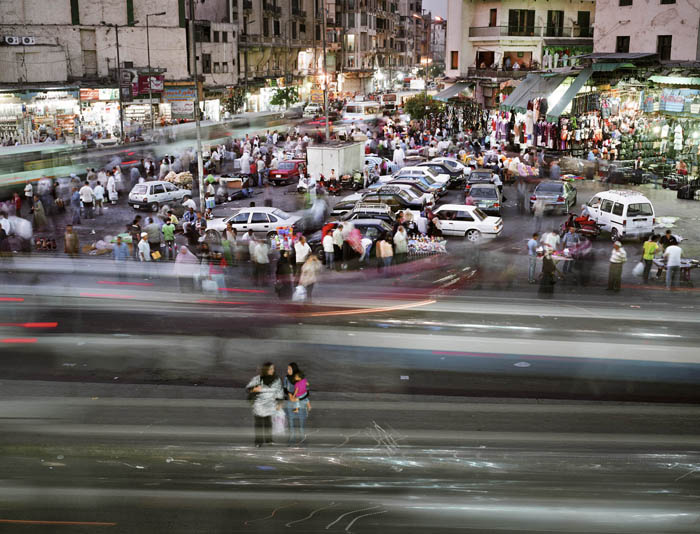

The Netherlands-based photographer Martin Roemers finds fascination in the bustle of today's fast-paced modern world. In his photographs, he shows the energy and chaos of large cities and the complexities of humans living in such crowded spaces. Using his camera as the observer, Roemers records moments of interaction between children, adults, taxis, trains, even camels, hurrying along through life. He believes that “even with their bustle and chaos, megacities retain their human aspects,” and he strives to represent that through his series Metropolis.
Mike Leary
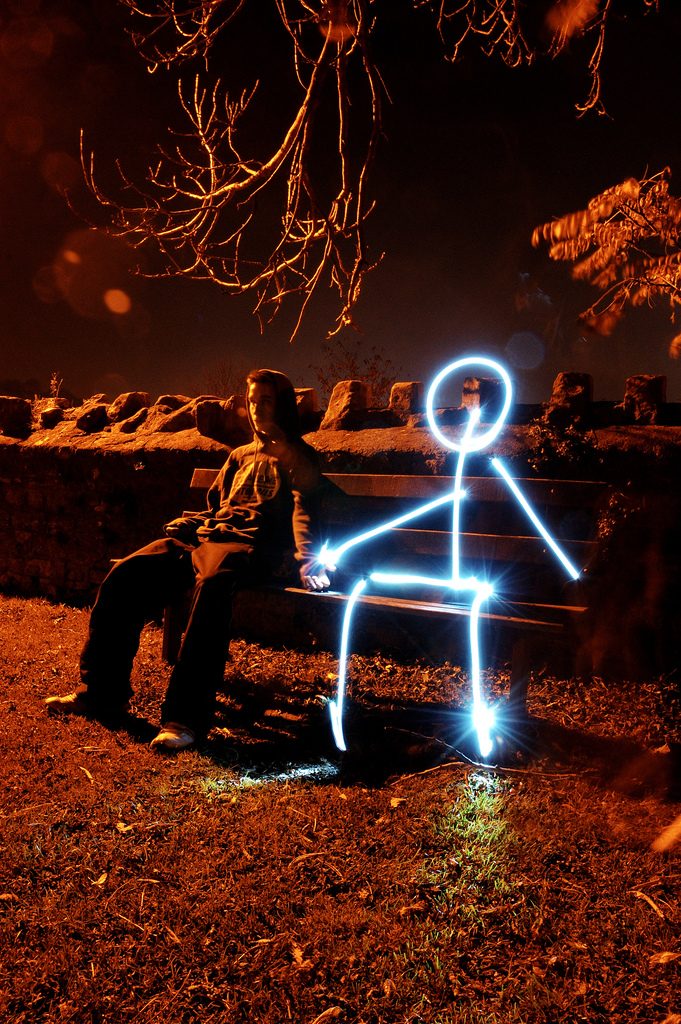
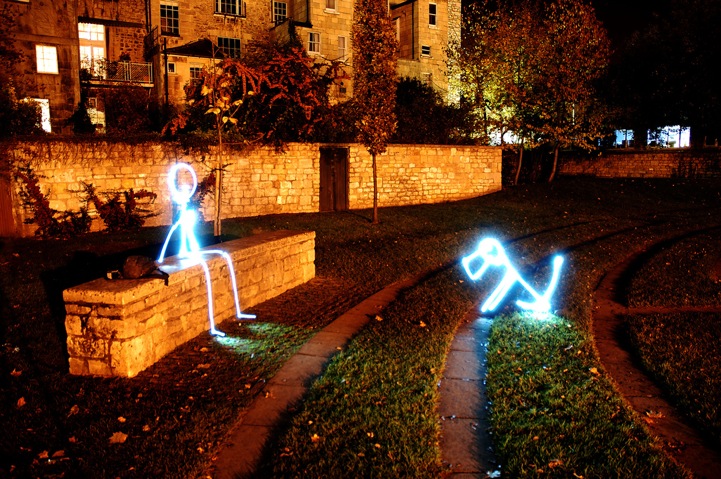
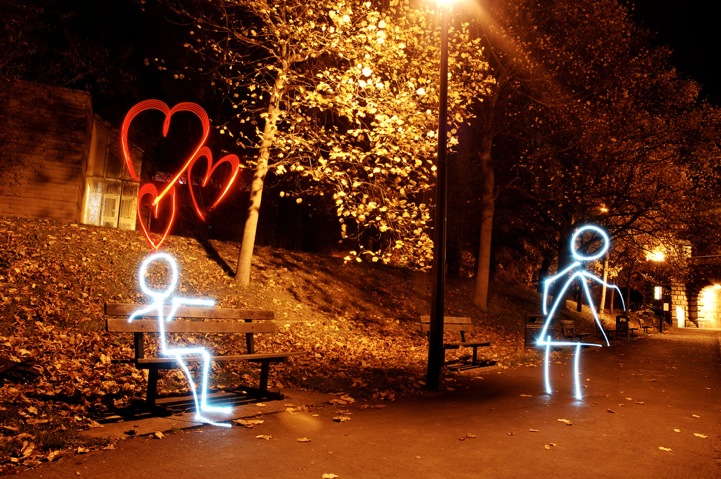
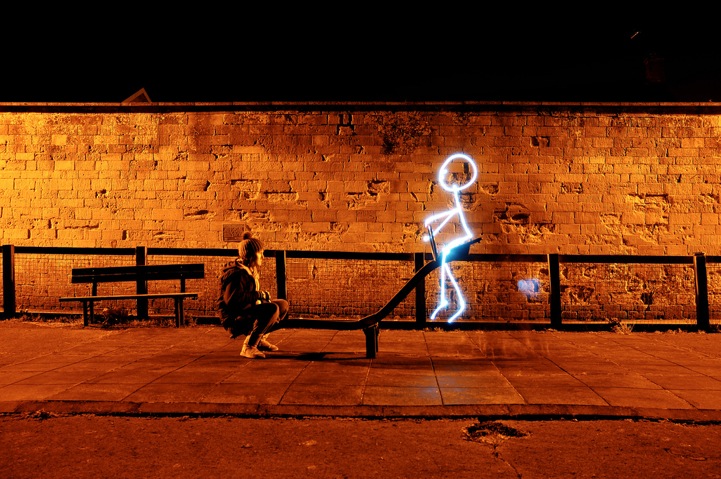
England-based photographer Mike Leary has a playful attitude towards long exposure photography. These funny scenes involving stick figures are created with a technique called painting with light. During a long exposure, he illuminates selected bits of the frame by painting shapes with a light source, a source as simple as a flashlight. The results are these entertaining narratives of fictional characters interacting with the real world. Leary says he is “brimming with ideas and always thinking about the next photo project. Even if it is too crazy to pull off, it will certainly be fun.”
Which one is your favorite?











































































